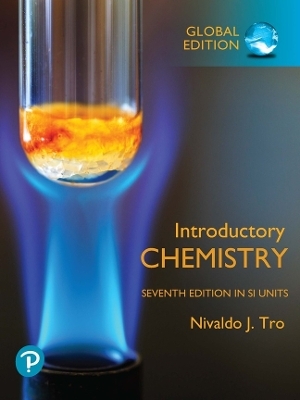
Electrochemical Water Processing
John Wiley & Sons Inc (Hersteller)
978-1-118-10467-5 (ISBN)
- Keine Verlagsinformationen verfügbar
- Artikel merken
Ralph Zito, PhD, has been working in the field of electrical energy for over 30 years. With more than 40 patents and 60 papers to his credit, his resume is a virtual who's who of energy companies, such as GE, Westinghouse, and Sylvania, to name a few. He has taught at the Carnegie Institute, where he obtained his doctorate, and done research at New York University, where he received his baccalaureate.
Preface. Acknowledgements. Introduction. 1. Water Contaminants and Their Removal. 1.1 Introduction. 1.2 Technology, History, and Background. 1.3 Application Areas: Electrochemical Technology Water Processing. 2. Basic Electrochemical and Physical Principles. 2.1 Introduction. 2.2 Acidity and Alkalinity, pH. 2.3 Activity and Activity Coefficients. 2.4 Equilibrium and Dissociation Constants. 2.5 Electrode, or Half Cell Potential. 2.6 Chemical Potential Definition. 2.7 Concentration Potential. 2.8 Equivalent Conductance. 2.9 Free Energy and Equilibrium. 2.10 Dissociation Constants. 2.11 Ionic Conductance and Mobility. 2.12 Osmotic Pressure. 2.13 Diffusion (Flick's Law). 3. Systems Description: General Outlines of Basic Approaches. 3.1 Electrodialysis. 3.2 pH Control: Analytic Development. 3.3 Biociding Technology. 3.4 Ion Exchange Resin Regeneration System. 3.5 Metals Reclamation. 4. Mathematical Analysis & Modeling Electrodialysis Systems. 4.1 Electrodialysis: Descriptions and Definitions. 4.2 Basic Assumptions and Operating Parameters. 4.3 Parametric Analysis: Flow-Through Configuration. 4.4 Flow-Through Design Exercises. 4.5 Batch Process Analysis: Re-Circulating or Static Water Processing System. 4.6 Design Exercises for Water Re-Circulation Systems. 4.7 Cell Potential and Membrane Resistance Contributions. 4.8 Diffusion Losses of Ions and Molecules Across Membranes. 5. System Design Exercises & Examples. 5.1 Electrolytic Generation of Bromine and Chlorine: Design Procedures. 5.2 Simple Estimate of Capital Equipment and Operating Cost of Electrochemical Desalination Apparatus. 5.3 Cost Estimates Outline for an Electrodialysis De-ionizing System. 6. Applications Discussion. 6.1 Demineralizer: Electrodialysis. 6.2 Reseidentialwater Softener. 6.3 Electrical Water Processor Portable Design. Appendix A: Some Physical Constants and Conversion Factors. Appendix B: Conductance and Solubility. Appendix C: Feeder Tube and Common Manifolding Losses. Appendix D: Variable Current Density. Appendix E: Mathematical Analysis: Water pH Control Cell and Ion Exchange Resin Regeneration. Appendix F: Industrial Chlorination and Bromination Equipment Cost Estimates. Appendix G: Design Mathematics in Computer Format. Appendix H: Mathematics for Simple Electrochemical Biociding. Bibliography. Index. Also of Interest.
| Erscheint lt. Verlag | 6.7.2011 |
|---|---|
| Verlagsort | New York |
| Sprache | englisch |
| Maße | 150 x 250 mm |
| Gewicht | 666 g |
| Themenwelt | Naturwissenschaften ► Chemie |
| Technik ► Elektrotechnik / Energietechnik | |
| ISBN-10 | 1-118-10467-6 / 1118104676 |
| ISBN-13 | 978-1-118-10467-5 / 9781118104675 |
| Zustand | Neuware |
| Haben Sie eine Frage zum Produkt? |
aus dem Bereich

